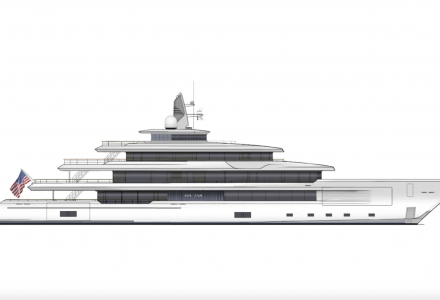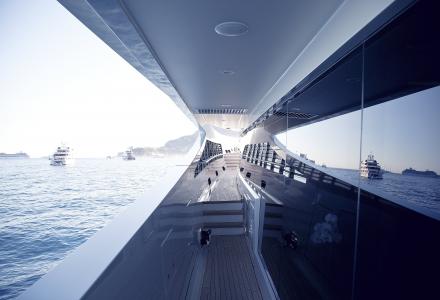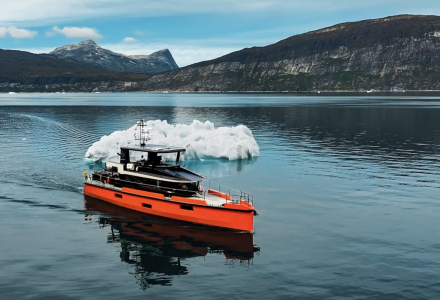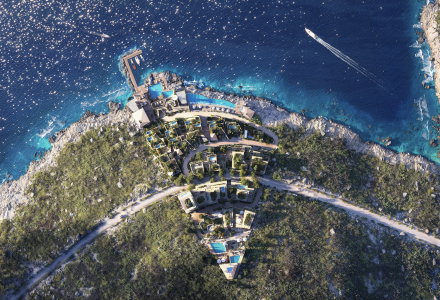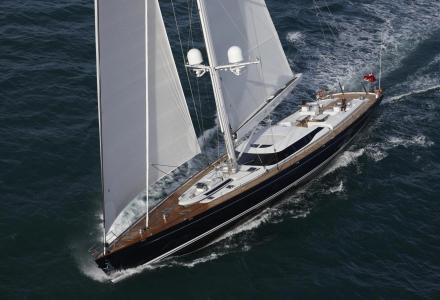After nearly 30 years of building yachts in Vancouver, Washington, Christensen Shipyards finishes relocation process within several months, moving to a new facility at Tellico Lake, Tennessee. The move follows a long-lasting court battle between the co-owners of US yard, Dave Christensen and Henry Luken. Yacht Harbour takes a closer look at the story behind the decision.

Dave Christensen founded the Christensen Shipyards, Ltd. in 1985. Since then, the company specialised in building yachts of up to 45 metres LOA and a maximum beam of 10 metres within its 17,000 m2 facility. During the 1990s, affected by general crisis in the industry and high costs of yacht construction, the company’s revenue became inconsistent. Often unable to get bank loans to finance projects, they were selling yachts in advance, with ongoing operations financed by not very frequent customers.
Dave Christensen and Henry Luken first met in 1997, when the latter purchased a yacht from the yard. In 2003, Luken bought 50 percent share of the company’s stock, joining the board of directors. The remaining shares were split between Christensen and his family.
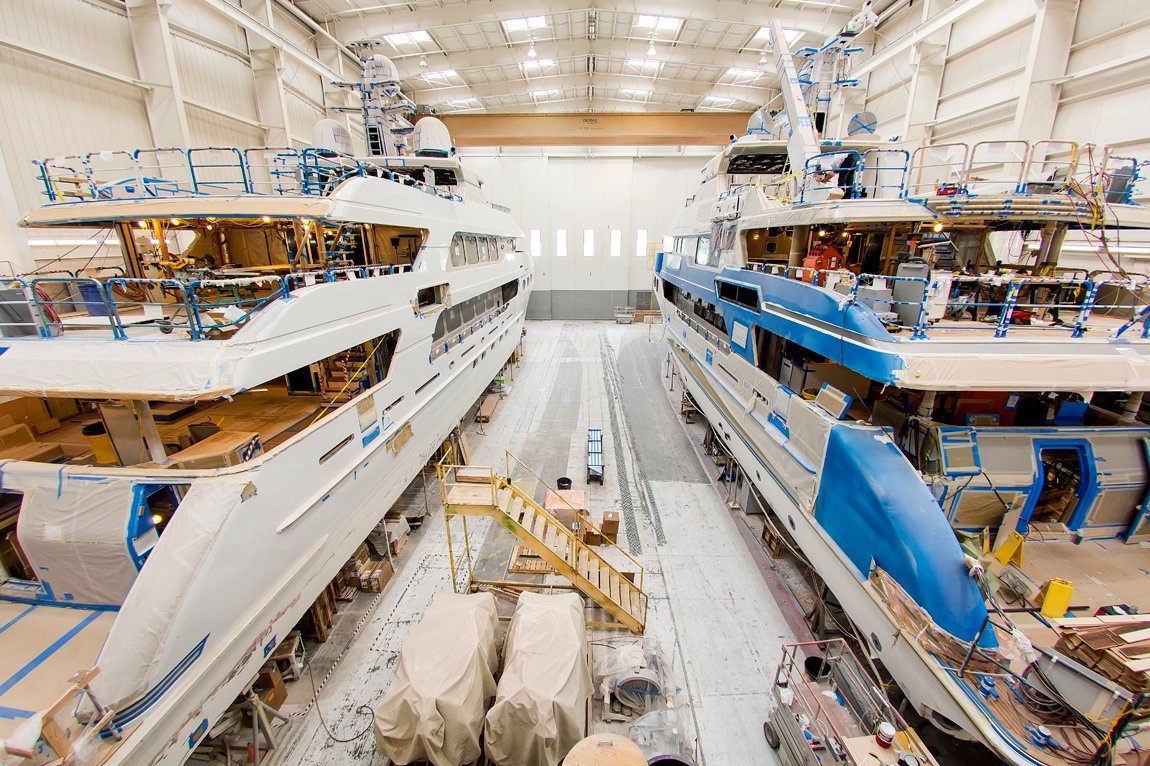
As it was later revealed from the legal filings, the owners parties’ discontent with each other had been raising from that time, as Luken claimed his funds were allocated on company expenses and operations or even ended up missing, instead of being held in trust while the boats were being built. The Christensens argued that Luken demanded large commissions on every yacht sale, reducing the company’s revenue.
In 2006, Luken began construction of another facility at the Tellico Lake in his home state of Tennessee. He aimed to open an eastern division of Christensen yachts, suitable for construction of larger vessels. However, due to economical problems the building was soon frozen. The economic downturn also hit the company’s Vancouver operation, eventually forcing the company to lay off up to 80 percent of its local workforce.

Starting from the end of 2014, multiple creditors began to file notices under the Uniform Commercial Code, declaring interest in the property as collateral for debts. The edge of bankruptcy led Luken to file a lawsuit in 2015 asking for the company to be placed into receivership. After a period of receiveship, the court decided that the best way to repay creditors would have been through selling the company to a buyer willing to keep its operation.
Thus, the shipyard was sold to Luken for $5,500,000 despite objections from the Christensens. The acquisition implied name and all the company’s assets including a long-term lease on the shipyard and reforming Christensen Yachts as a new business entity. The Christensens though argued that Luken
used his financial influence and position on the board to draw the company into receivership so that he could purchase it cheaply.
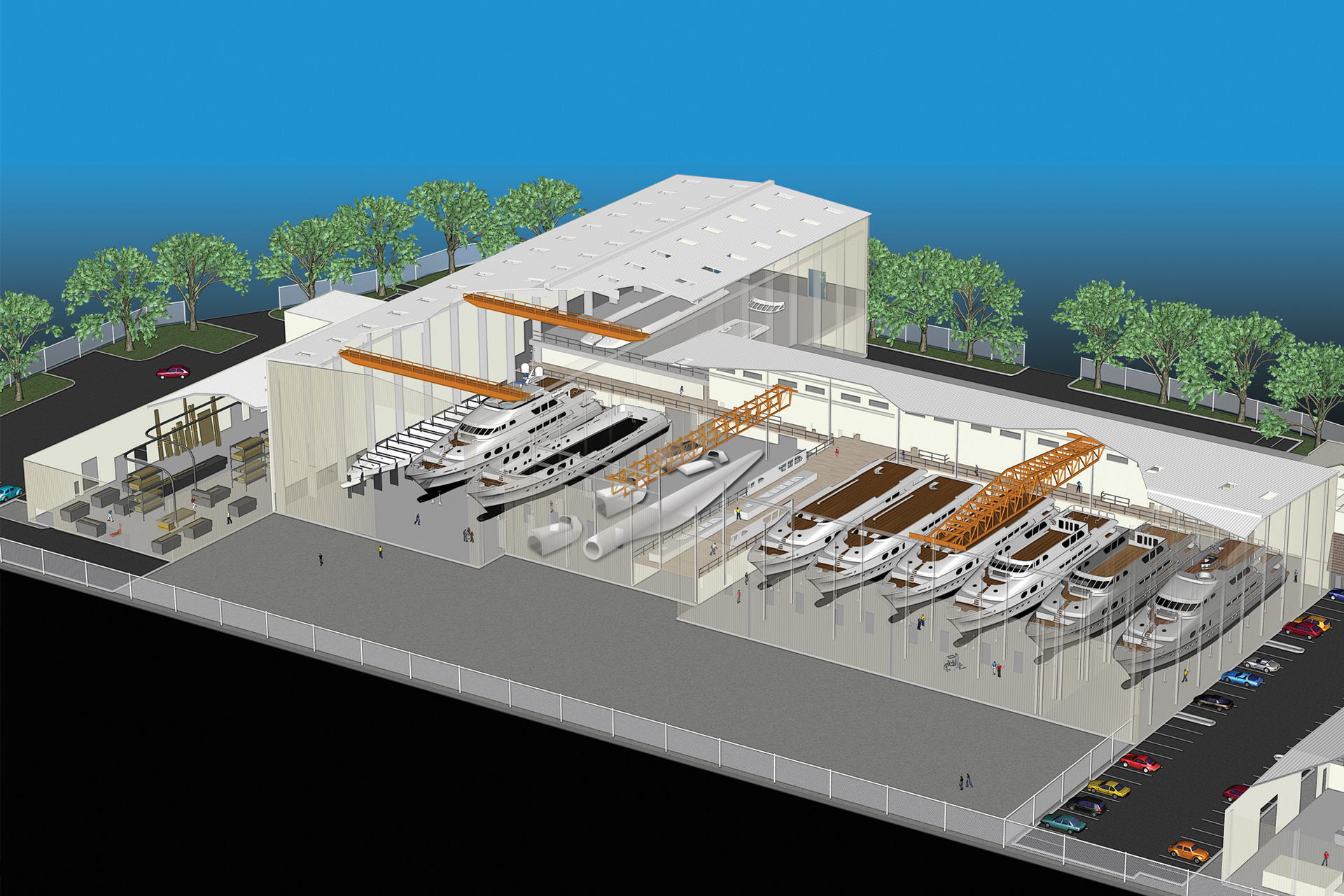
A second lawsuit between the parties was filed one year later, lasting more than two years until both parties agreed on selling Vancouver facility to Vigor Industries, American shipbuilder and ship repairer, in February, 2019. The latter plans to manufacture a new type of landing craft for the U.S. Army called the Maneuver Support Vessel (Light) at the yard. Vigor plans to start with employing 130 workers and grow up to 400 after a few years, as Christensen used to employ 500 people at the peak.
According to Christensen’s President, Jim Gilbert, the company is now negotiotiating for the first contracts to be implemented within the new facility. The construction processes at the new yard finishes in 6 months, and the company is to come up with some fresh designs models within the time. However, they are going to stick to the traditional focus on large volume boats in general.

The company is currently building a 50-metre Hull 42 at Vancouver facility, but the vessel will be moved to Tennessee this summer for completion. Christensen yachts currently employs about 70, Gilbert said, and all of them are being offered the chance to stay with the company at their current salary if they move to Tennessee.
All in all, members of the Christensen family have not commented on the details of the settlement. According to Luken, it implied a lien on the shipyard property, and that he would receive nearly $ 5,000,000 from the sale. Despite that, Luken still claims that his involvement with the company caused him in an estimated net loss of nearly $15,000,000, largely due to a yacht he bought from the yard, never seeing her delivery.

